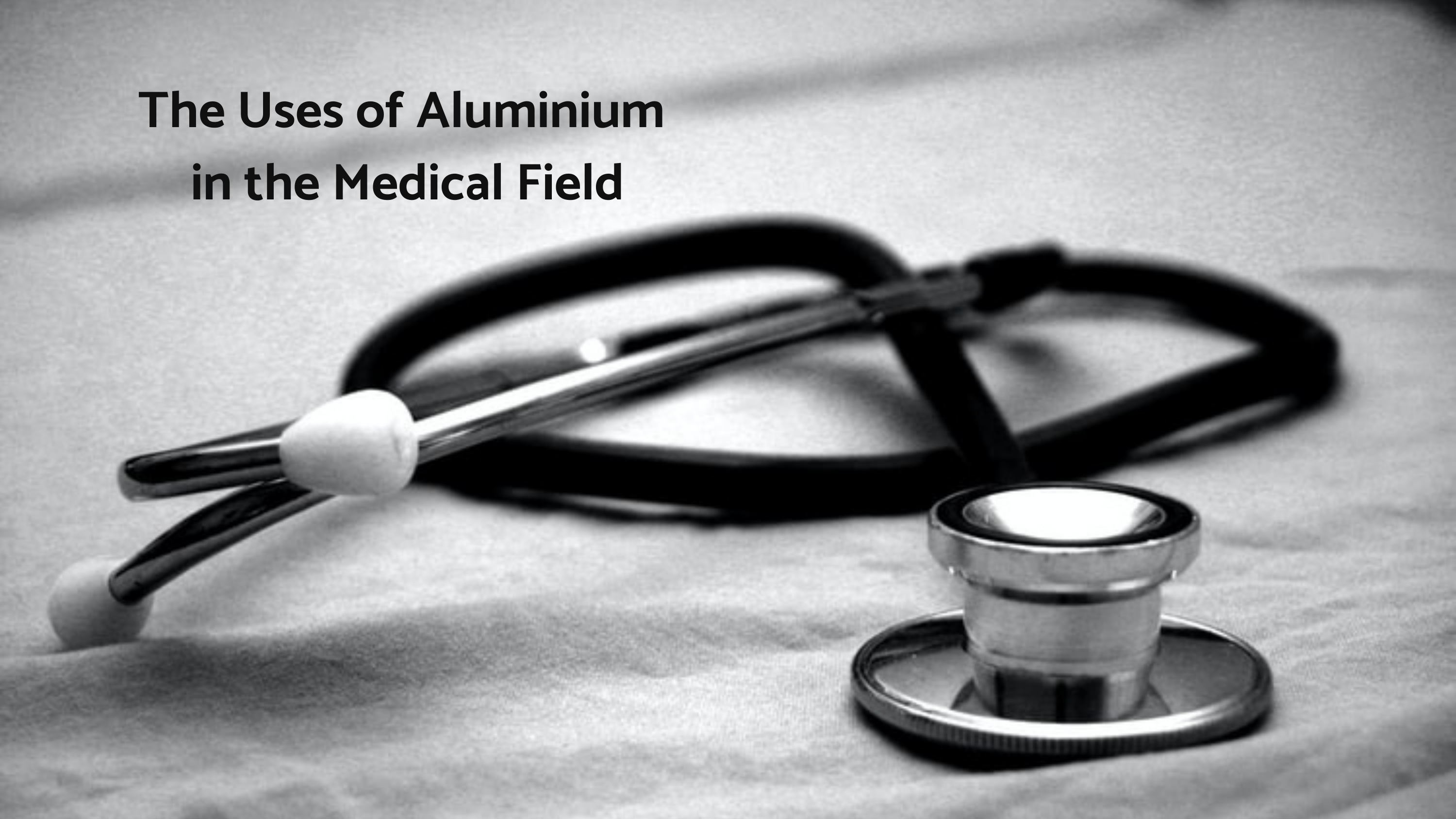The Uses of Aluminium in the Medical Field

In recent times, the medical and health care businesses have risen in popularity. Improvements in research are an increasingly significant factor, especially in fields such as healthcare. Let’s do a reality check now, shall we? With our perpetually busy schedules, personal health has always been at the bottom of the grid. But that definitely won’t be the scenario at least for the next 6 months. Health is more important than ever and it’s vital to have an effective, secure and convenient supply chain for medical instruments and supplies with the volatile churn existent in the world today. This also puts the focus on the type of products you use and are exposed to. Progress in the metal industry has also led to the improvement of this sector, maintaining protection and hygiene at all times. According to a global aluminium expert, an example of the metals that the market has recently begun to use is aluminium.
Thanks to its many benefits as a product, the use of aluminium is now common in the medical industry. Take a look at every hospital ward or operating room, and you’ll see a whole range of aluminium medical devices and fittings, from surgical instruments to intricate medical monitor housing. Aluminium is widely used in orthopaedic, endoscopic, craniomaxillofacial, spine, trauma, surgical and general hospital service equipment. Surgical containers, cases, trays, bins and other aluminium equipment are safer than equipment made of stainless steel or plastic.
If you work in the medical sector or are making goods intended for medical use, ensure that all aluminium you import is of the highest quality. That’s why partnering with the best aluminium company in Chennai that has an established track record of success is the best way forward.
What are the benefits of Aluminium in the medical industry?
Regardless of the sector you are in, product durability is important; but few sectors have such challenging specifications as the medical industry. That’s the reason why aluminium is most sought after in the health sector. Aluminium has proven its versatility in design, recyclability, lightness and low production costs and the strength to weight ratio in the healthcare area. The metal is simple to produce and its strong thermal conductivity ensures fast drying of instruments, which minimises bacterial dispersion across wet surface areas. With regard to the incredible combination of these properties, very few materials can be compared with aluminium. Aluminium also facilitates cost management without compromising upon the efficiency of the instruments.
Let us first take a look at one of the most apparent advantages: the strength of aluminium. For components of surgical instruments such as clamps, saws, scalps and the like, this is an important factor. Aluminium, of course, is not as strong as many other materials, including stainless steel, but few materials can compare with aluminium by weight. Every ounce is critical when it comes to medical devices. The strength, lightweight texture and toughness of aluminium make it the right metal for various kinds of equipment.
Corrosion resistance is another absolute requisite when it comes to medical equipment. Aluminium is proven to be highly rust-resistant under normal circumstances. That being said, a medical situation or emergency is hardly something that falls under the ‘normal’ radar. And the equipment in use can be subjected to incredibly corrosive conditions day in and out! High-performance alloys of aluminium have the ability to withstand the cleaning, disinfection and sterilization that equipment must undergo daily at hospitals.
Another commendable quality of aluminium is that it is available in many forms that can enhance corrosion resistance and maximise longevity. Aluminium is also more biocompatible than many other materials, making it safe to use on the human body without causing contamination. Anodising the surface is one means of ensuring that the surgical equipment is indeed biocompatible. This is a technique to increase the surface protection of aluminium material and to improve its ability to resist corrosive conditions. An anodized coating helps increase the natural corrosion resistance of aluminium. An anodized aluminium portion may also have extra sealing applied, should the need arise. It is also known to be a recyclable material. Wait, did we just catch Mother Earth smiling 😉 But jokes apart, aluminium is an excellent choice, provided that medical instruments and appliances are disposable.
Which medical equipment is likely to feature aluminium?
Operational instruments including scalpels and clamps contain aluminium traces. Aluminium is also used in dental instruments. The trays, containers and organisers are made using aluminium. There is a substantial amount of aluminium medical supplies. It can be anything from sturdy gurneys and moving carts to incredibly fragile surgical devices like imaging equipment and cardiac monitoring systems. The same pattern as mobiles and laptops in terms of nanotechnology follows electrical appliances and high-tech solutions. Many parts of digital medical equipment are made of aluminium, much as the ubiquitous mobile and other electronic medical machines.
In conclusion, when it comes to medical equipment, there is no room for errors. That’s why manufacturers increasingly depend on aluminium in the medical industry. Working with an experienced Aluminium company in Chennai and specifically, aluminium extrusion manufacturers ensures you can get recommendations on anything from inventory sourcing to logistics for the supply chain management.

